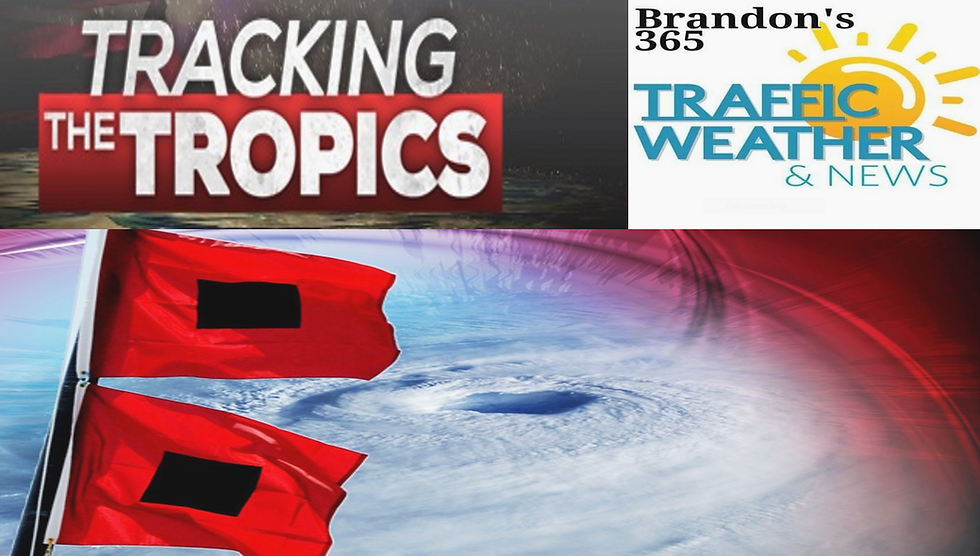BEYOND THE FORECAST: HOW DOES A HURRICANE FORM?
- Brandon Shipp

- Oct 5, 2019
- 1 min read
Conditions have to be just right for a hurricane to form. There are many factors involved in the formation. A hurricane can only form over water and water that is warm. First, you need some unstable air moving over warm water. Unstable air is when you have cooler air moving over warmer air. This gets the warm air to rise creating convection (thunderstorms). In order for those storms to maintain themselves, a moist layer at 15,000 feet above the ground is necessary. There also needs to be very little change in wind speed with height. So as you go up in the atmosphere if winds are relatively calm, the thunderstorms have a better chance of surviving. Water temperatures also need to be 80 degrees or warmer. This provides the fuel to keep the storms going. A hurricane starts as a tropical depression. This is an organized cluster of clouds and storms, but the circulation is not well defined and has winds less than 38 mph. If the clouds and storms become better organized, a tropical storm will form. This is better organized area of strong thunderstorms with winds between 39 and 74 mph. Finally, if the storm develops intense tropical thunderstorms and becomes well organized with a really strong circulation, it could become a hurricane. Hurricanes are defined by a circulation with winds 74 mph or greater.










Comments